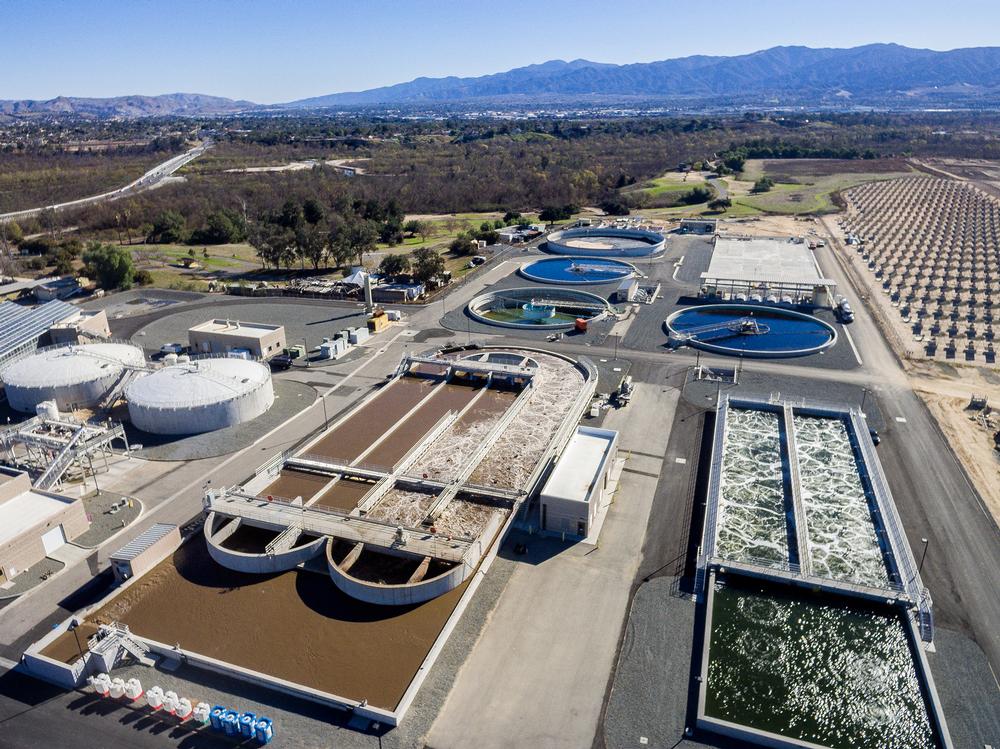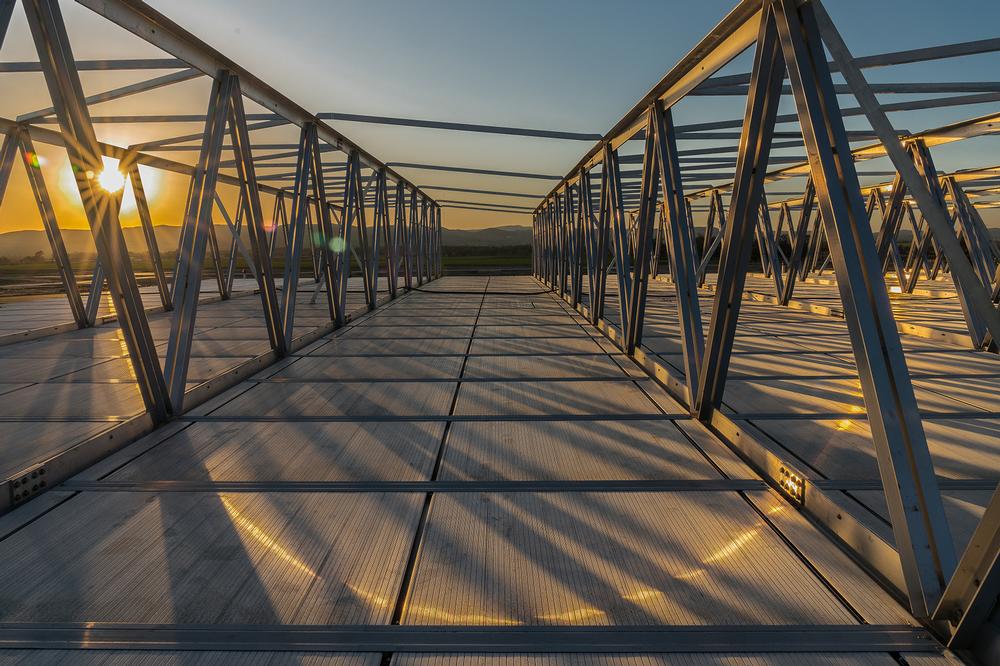

First built in 1998 the Western Riverside County Regional Wastewater Authority (WRCRWA) Plant has the capacity to treat 14 million gallons per day (MGD) of wastewater. Following a recent expansion of the WRCRWA Treatment Plant, capacity to treat wastewater increased from 8 MGD to the now 14 MGD.
When the WRCRWA Treatment Plant was originally built, the area around the facility was comprised of dairy farms, a green waste composting facility, and the Santa Ana River; at the time, the WRCRWA Treatment Plant was built for the specifications required for the area. With the successful development in Eastvale, the dairies and composting facilities sold, and homes were built in their place.
Wastewater is treated at a tertiary level (one of the highest treatment levels available) and is currently discharged into the Santa Ana River.
Besides providing health and welfare benefits the WRCRWA Treatment Plant will soon produce recycled water for local uses on parks, nurseries, and other outdoor spaces while reducing the region’s dependence on imported water. A recent Change of Use Order has been granted and future re-use of treated water will be available for non-drinking (non-potable) water use in the future.
WRCRWA is a joint powers authority consisting of the cities of Norco, Corona, Jurupa Community Services District, Home Gardens Sanitary District, and Western Municipal Water District.
The Western Riverside County Regional Wastewater Authority's (WRCRWA) Wastewater Source Control Program is a pollution control program federally mandated under the Clean Water Act to regulate the discharges of industrial and commercial facilities to the sanitary sewer system.
The EPA has developed federal wastewater discharge limits for specific categorical processes. WRCRWA has also developed local limitations that generally apply to specific industrial processes.
WRCRWA issues industrial wastewater discharge permits to the following classes of industrial users:

Since first being formed in 1998, WRCRWA’s mission includes, “Plan, construct and operate a cost-effective regional wastewater reclamation treatment and collection system.” One of the primary goals in the recent 14 Million Gallons per Day Plant Expansion Project was to reduce operating costs, while also improving overall plant performance. WRCRWA’s design team worked closely with Southern California Edison (SCE) and their Savings by Design program to achieve this goal.
The Western Riverside County Regional Wastewater Authority Treatment Plant is home to a 5,000 panel solar power system that generates electricity equivalent to powering more than 200 homes annually. Solar power systems reduce operating costs, keep rates as low as possible, and protect the environment by reducing greenhouse gas emissions generated by conventional electricity use.
Overall, the WRCRWA Treatment Plant is expected to use approximately 9 million kilowatt hours less electricity per year due to the implementation of efficiency measure. This translates into an approximately $1 million dollars, per year, energy cost savings.